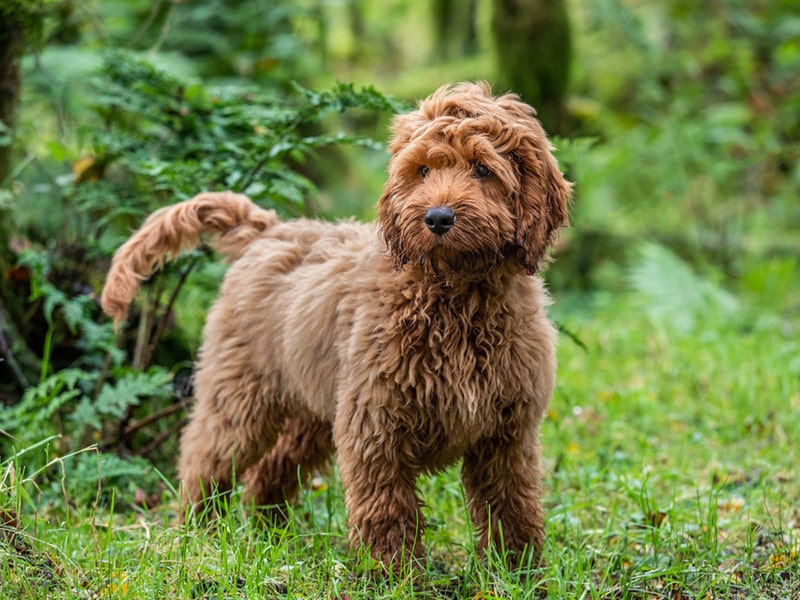What Is the Cost of Dog ACL Surgery? (2024 Price Update)
By Jordyn Alger
Updated on
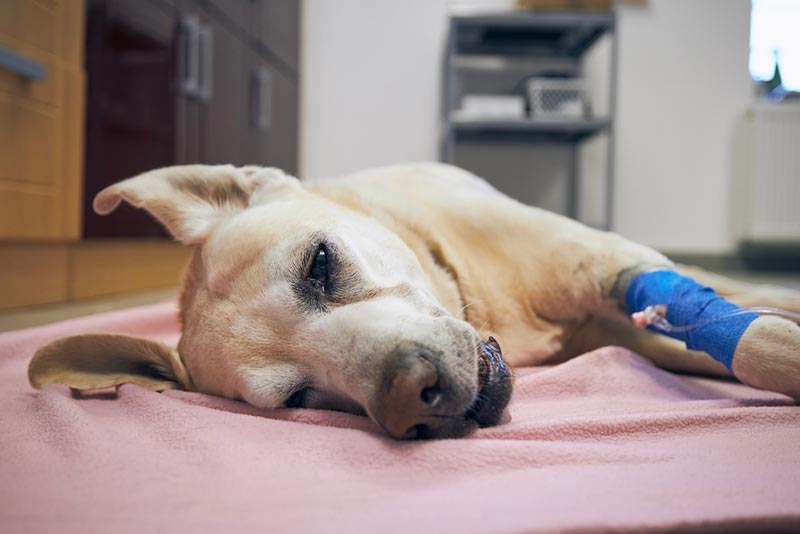
The canine equivalent of a human ACL is the cranial cruciate ligament (CCL), although many non-veterinarians casually refer to it as a canine ACL. The dog’s ACL is similar in function to the human’s ACL, so when it is torn, treatment is necessary.
Treatment for a dog’s ACL tear often comes in the form of surgery, although this is not always the case. If your dog needs surgery for his ACL injury, you are likely preparing to cover the cost. The cost of an ACL surgery for a dog can range anywhere from $1,000–$5,000. If you want to know which expenses to expect, keep reading below.
The Importance of a Dog’s ACL
A dog’s ACL is one of the more vital stabilizing structures in his body. It is a crucial component to keeping his knee joint stable. This ligament resists internal rotation or hyperextension of the knee while supporting the knee through normal mobility. When this ligament is torn, its functions are impeded, which has enormous repercussions on the rest of the body.
The tearing of a dog’s ACL is a severe condition. It is one of the most prevalent causes of lameness in the hind limbs and arthritis in the knees. There are many reasons why a dog’s ACL may rupture. It may occur due to a severe injury, but in most instances, it is due to a slow degeneration over time. Risk factors that may contribute to an ACL tear include:
- Age
- Weakened physical condition
- Obesity
- Breed or genetic influence
When a dog suffers from one ACL rupture, there is a high probability that he will develop the issue in the opposite leg.
How Much Does Dog ACL Surgery Cost?
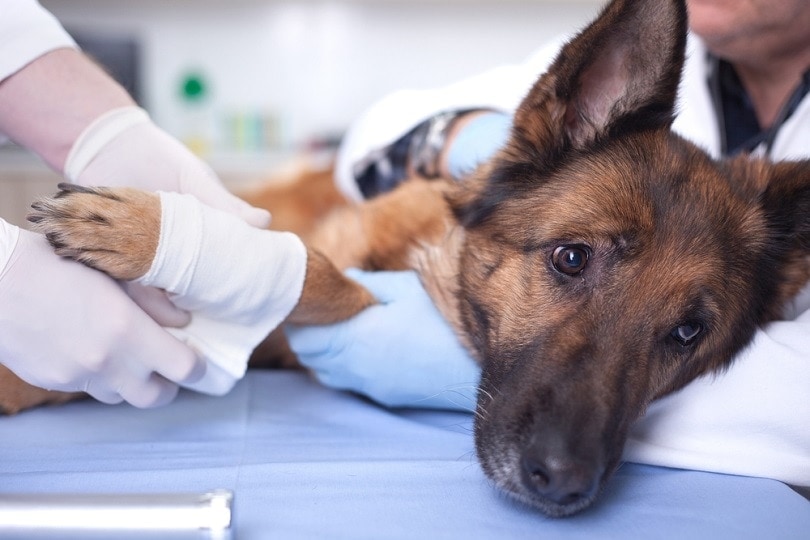
On average, surgery to repair a canine’s ACL can range from $1,000–$5,000. The price of the procedure may vary depending on several factors, such as your location, the clinic you visit, and the breed and size of your dog. A smaller dog is likely to have a less expensive surgery than a larger dog. The severity of your dog’s injury may also determine the price.
Another huge factor is which surgery your dog requires. There are multiple procedures your vet could perform to repair your dog’s ACL, all with varying degrees of difficulty. Therefore, the price between the different surgeries varies. In the table below, we’ve listed the possible procedures and their estimated cost ranges.
| Procedure | Estimated Cost Range |
| Extracapsular Repair | $1,000 – $3,500 |
| Tibial Plateau Leveling Osteotomy (TPLO) | $2,000 – $5,000 |
| Tibial Tuberosity Advancement (TTA) | $2,500 – $4,500 |
| Triple Tibial Osteotomy (TTO) | $3,000 – $5,500 |
Additional Costs to Anticipate
Many additional costs will be included before, during, or after the surgery.
Prescription
Your veterinarian may prescribe medication to help your dog deal with pain after surgery. Depending on your vet clinic, the cost of medication may be lumped in with your overall cost. If it is not, you can expect to pay around $20–$50 extra.
X-rays
Before your vet recommends surgery, they will likely want images of your dog’s injury to determine if surgery is necessary. For X-rays, you will pay anywhere from $50–$200.
Anesthesia
To put your dog under for the surgery, anesthesia will be necessary. This can cost $300–700.
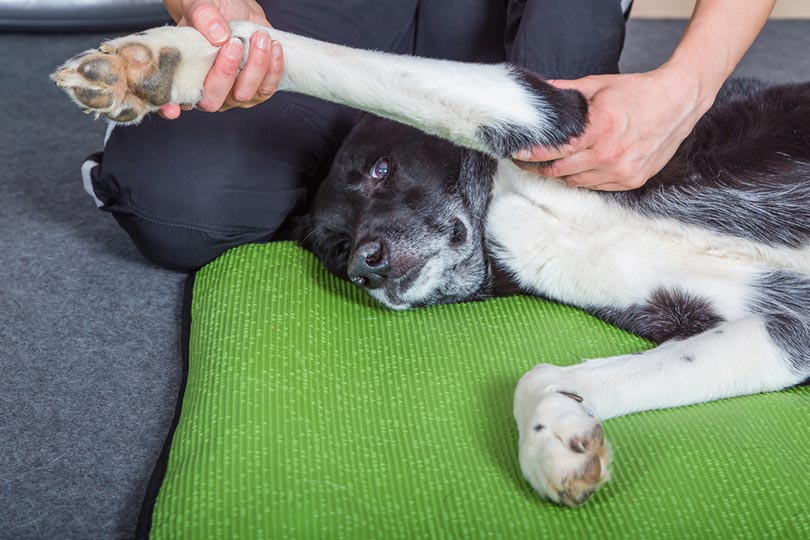
Physical Therapy
This may be the most costly additional expense you will need to budget for. After your dog has had surgery, he may need physical therapy to recover fully. To get your dog the care he needs, you must be prepared to spend $500–$1,300.
Knee Brace
Your dog may need a knee brace while he recovers, which can cost $150–$600.
The 3 Ways to Prevent a Dog ACL Rupture
The best way to save money on your dog’s healthcare is to take preventative measures to ensure that he does not need such expensive surgery. Some of the most common causes of a canine ACL rupture are entirely preventable, so taking conscientious steps today can help save you money tomorrow.
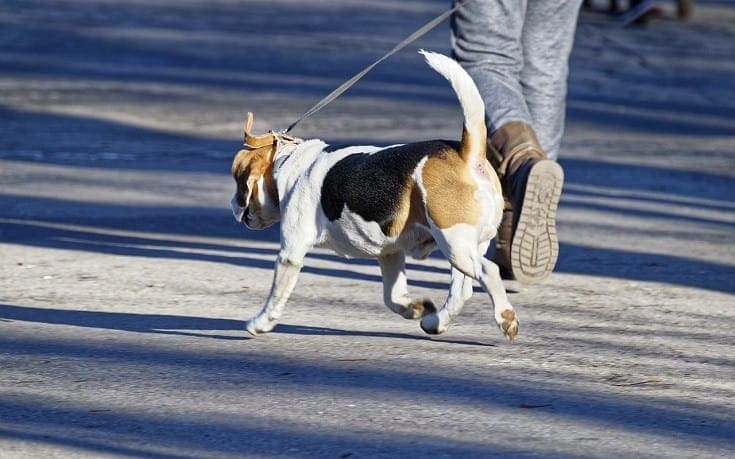
1. Provide Lots of Exercise
If your dog is well-conditioned and frequently active, he will be less likely to suffer an ACL injury. Dogs who lack regular exercise tend to develop weak joints, muscles, and ligaments. The weaker a dog’s ligaments become, the more likely he is to suffer an injury.
2. Help Your Dog Keep a Healthy Weight
Overweight dogs deal with extra pressure on their knees. This added pressure can make your dog more susceptible to an ACL tear.
3. Don’t Over-Do the Activity
Although regular activity is a vital component of a healthy dog’s lifestyle, too much activity can be just as harmful. If your dog is overdoing it regularly, the risks of an ACL injury increase.
Does Pet Insurance Cover Dog ACL Surgery?
Typically, pet insurance does cover your dog’s ACL surgery. ACL ruptures are considered an accident under most accident and illness policies, so some or all of the expenses can be covered depending on the policy you have.
The only instance where a pet insurance company may not cover an ACL tear is if the tear is considered a pre-existing condition. If your dog suffered the injury before you enrolled with the pet insurance provider, they might not be willing to help you cover the costs.
Even if your pet insurance company does help you cover the cost, you will likely still need to pay for the surgery on your own before your pet insurance reimburses you. So, make sure you can handle the expenses up-front.
What to Expect After Your Dog’s ACL Surgery
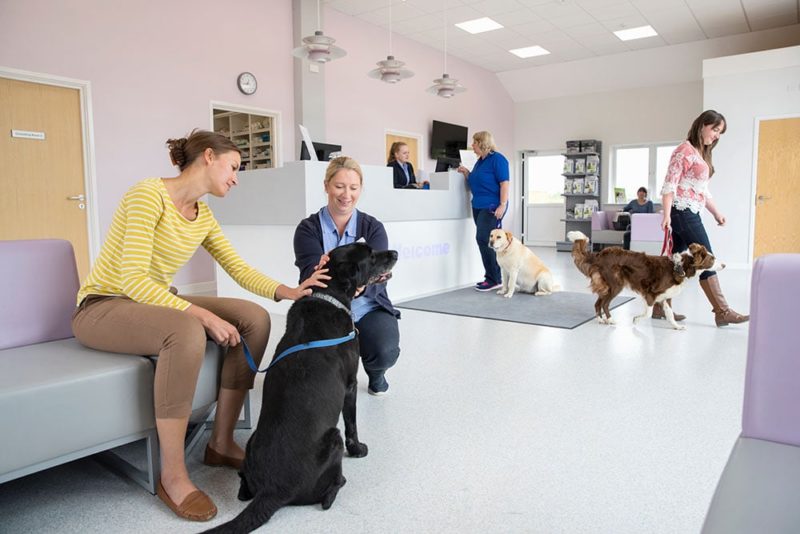
After your dog undergoes ACL surgery, he will need to stay at the hospital for 48 hours, give or take. Once he is home, you will need to limit his activity for 6–8 weeks. This time frame may be shorter or longer, depending on the type of surgery performed.
Physical therapy, dog braces, and other support will likely be needed. At this time, your dog may need extra help going potty, so you will want to have some extra towels and dog pads on hand. Pay attention to any signs that the opposite leg of his repaired ACL may rupture. As mentioned before, the chances of one leg suffering an ACL injury go up once the opposite leg has developed one.
Conclusion
An ACL tear requires an expensive procedure, but it is necessary for your dog’s well-being and comfort. Thankfully, most pet insurance policies will cover some, if not all, of the expenses, and if you are not already enrolled in a policy, it may be worth looking into. There are many additional costs to anticipate post-surgery, and you must budget for your dog’s care however you can.
Featured Image Credit: Jaromir Chalabala, Shutterstock



